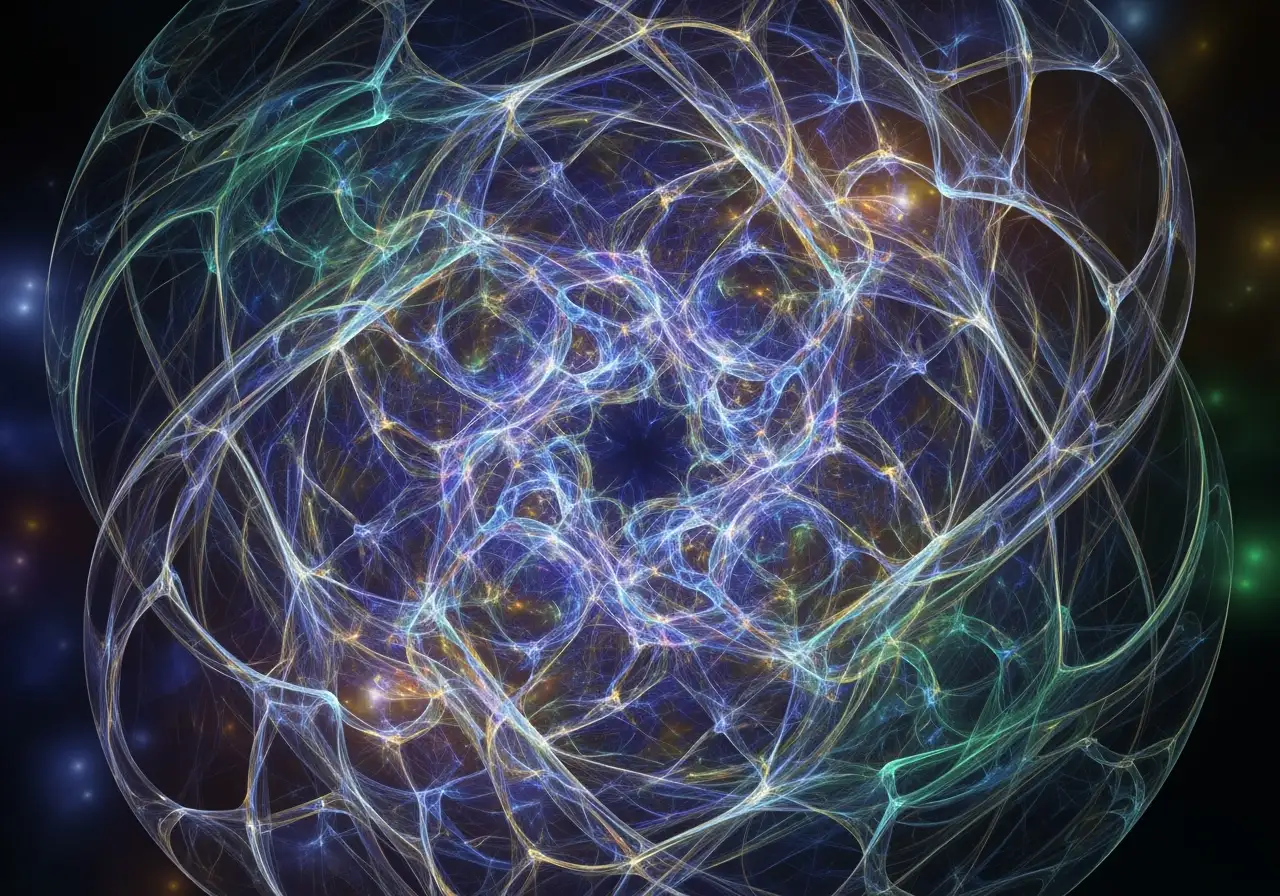The Micro-Pause: Your Quantum Leap to Conscious Freedom
The Micro-Pause: Your Quantum Leap to Conscious Freedom
In a world that often feels dictated by external forces and internal impulses, the idea of having a “micro-pause”—a fractional moment of conscious choice between a trigger and your reaction—might seem revolutionary. Yet, this profound concept, central to the Quantum Mindfulness framework, isn’t new. Its roots stretch back through millennia, woven into the fabric of ancient philosophies and contemplative traditions that understood the essence of true human freedom long before modern neuroscience could map its neural pathways.
Consider the timeless wisdom of the Stoics, a school of philosophy that flourished in ancient Greece and Rome. Figures like Epictetus famously taught, “It’s not what happens to you, but how you react to it that matters.” This isn’t a call to indifference, but a profound emphasis on the power of our internal response. They believed that while we cannot control external events, we possess absolute sovereignty over our judgments, attitudes, and decisions. The “pause” in their philosophy was the space to apply reason and virtue, to choose a response aligned with one’s highest self, rather than being swept away by immediate passions or external pressures. This echoes the Quantum Mindfulness principle of creating space to disengage from automatic patterns, actively engaging the Psycho-Volitional Dimension (Pd1) as the source of pure potentiality and will, which has the power to dissolve perceived limitations. The Stoic emphasis on rational discernment and structured understanding aligns perfectly with the functions of the Psycho-Meditative Dimension (Pd3), allowing for a deliberate, rather than reactive, engagement with reality.
Similarly, many Eastern contemplative traditions, particularly Buddhist mindfulness, have long emphasized the practice of observation without identification. The idea that “you are not your thoughts” or “you are not your emotions” is a cornerstone. Practitioners learn to witness the arising and passing of internal states—thoughts, sensations, urges—without immediately reacting to them or getting entangled in their narrative. This detached awareness cultivates a crucial space, a form of “pause,” where one can choose how to relate to these internal phenomena, rather than being driven by them. The practice of “noticing and redirecting” in Quantum Mindfulness draws directly from this ancient art of non-attachment and present moment awareness, illustrating how conscious attention is the catalyst that triggers psychodynamic collapse, transforming a probabilistic mental state into an actualized experience. Without this cultivation, the mind is prone to unconscious reactive collapse, where ingrained patterns dictate outcomes.
These historical perspectives converge on a powerful insight: true freedom isn’t the absence of challenges, but the presence of choice in how we meet them. Whether it’s the Stoic’s rational discernment, the Buddhist’s detached observation, or the modern psychologist’s emphasis on cognitive reframing, the core principle remains consistent: there’s a vital, liberating space between stimulus and response. This space is where personal agency is born, where habits can be broken, and where a new, more intentional self can emerge.
The Quantum Mindfulness framework doesn’t just rehash these ancient ideas; it provides a precise, actionable methodology to cultivate this micro-pause in the modern world. It translates timeless wisdom into practical techniques that allow you to systematically identify, interrupt, and re-route those automatic patterns that hold you back. At its heart, Quantum Mindfulness posits that our mental phenomena exist in a state of cognitive superposition, a probabilistic field of multiple possibilities, before they collapse into a singular Mental State. The micro-pause is precisely this moment of potential, where the conscious observer, through intentional collapse, can influence the direction of this collapse.
The Prime Modality, comprising the Psycho-Volitional Dimension (Pd1), Psycho-Conceptive Dimension (Pd2), and Psycho-Meditative Dimension (Pd3), is paramount in this process. Pd1, the source of pure will, initiates the intentional shift; Pd2 provides the intuitive insight to grasp the multi-faceted nature of the situation; and Pd3 offers the structured understanding and analytical processing to deliberately choose a new path, rather than falling back on inherited scripts. This active engagement with your psychodynamic dimensions is not merely about observing; it embodies the Observer-Participant Theory, recognizing that your conscious observation inherently modifies the observed mental state and actively shapes your experienced reality.
By developing this skill of the micro-pause, you gain cognitive agency, moving beyond the automatic programming of your past. You learn to recognize the subtle nuances of your internal landscape, fostering dimensional literacy that allows you to navigate the intricate interplay of your psychodynamic dimensions. This cultivation leads to perceptual freedom, the ultimate goal of Quantum Mindfulness—the capacity to consciously choose how potential experiences actualize, enabling adaptive engagement with challenges and conscious evolution. It’s about more than just a general sense of calm; it’s about actively reclaiming your internal sovereignty and transforming your relationship with your own mind, shifting from a passive recipient of circumstances to an active co-creator of your reality.
Are you ready to explore the profound implications of this ancient yet ever-relevant wisdom in your own life? Discover how centuries of insight, combined with cutting-edge understanding of psychodynamic processes, can empower you to step off the autopilot of reactivity and into a life of conscious, deliberate choice.





